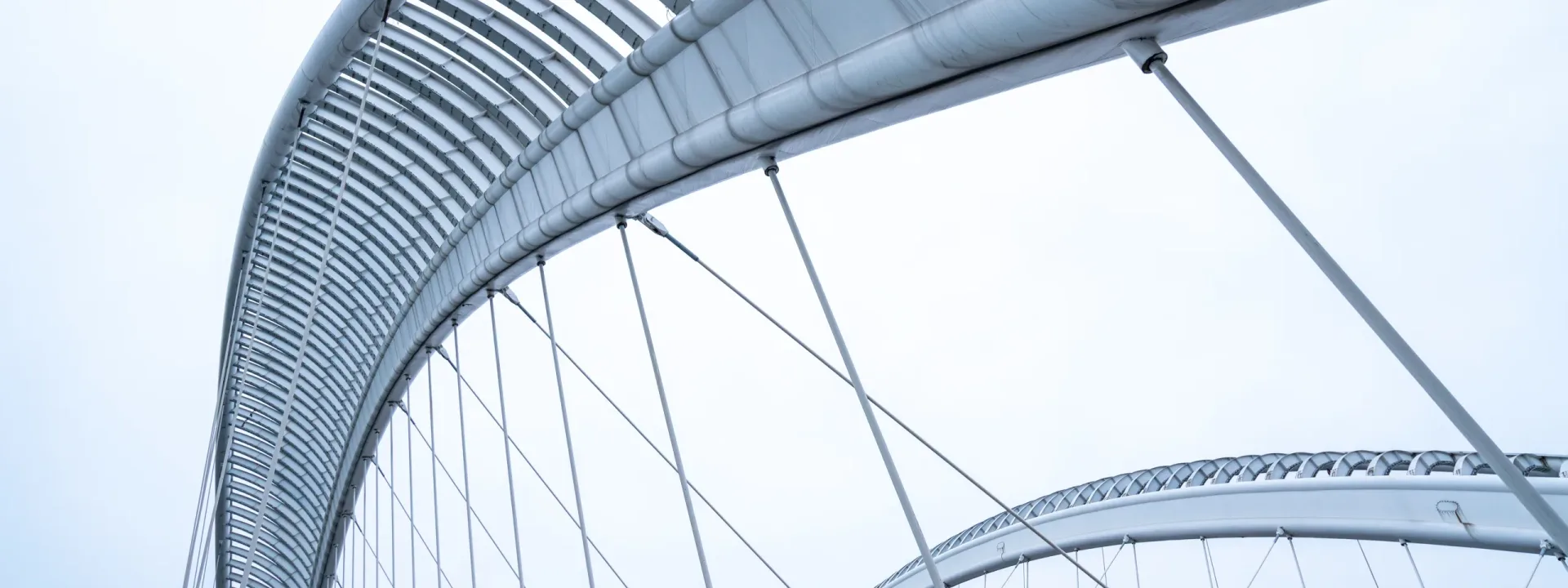
Building Bridges: Navigating Challenges in Design and Construction
Designing a bridge is no small feat; it’s a complex endeavor that calls for a blend of engineering expertise, creativity, and exceptional problem-solving skills. As a civil engineer, you’re confronted with a myriad of challenges when striving to create bridges that are not only safe but also functional and visually appealing. In this article, we’ll delve into some of the common challenges that arise during bridge design and discuss effective ways to tackle them.
1. Site Conditions
The initial hurdle in bridge design involves thoroughly assessing site conditions and making critical decisions regarding the bridge’s location, alignment, and geometry. Here, you must consider various factors including topography, geology, hydrology, climate, traffic patterns, and environmental impacts. Furthermore, conducting comprehensive surveys, tests, and analyses is vital to determine soil properties, water levels, wind loads, seismic risks, and other factors affecting the bridge’s performance. To conquer this challenge, you must rely on trustworthy data sources, employ advanced tools, and exercise sound judgment to evaluate site conditions and craft your bridge design accordingly.
2. Material Selection
Selecting the right materials for your bridge structure and components is another demanding aspect of bridge design. It’s a delicate balance between cost, durability, strength, and sustainability, while also taking into account factors such as material availability, transportation, and long-term maintenance. Common materials for bridge construction include steel, concrete, timber, and composite materials, each with its own set of advantages and disadvantages based on the type, span, and intended function of the bridge. To address this challenge, you must perform thorough comparisons of material properties, performance, and life-cycle costs and then choose the most suitable option for your specific bridge design.
3. Structural Analysis
The third challenge in bridge design revolves around ensuring the structural integrity, safety, and functionality of your creation. This entails calculating the various loads, stresses, strains, deflections, and vibrations that the bridge will undergo under different conditions and scenarios. It also involves confirming that your bridge design complies with relevant industry codes, standards, and specifications. Employing appropriate methods, models, and software is essential for this structural analysis. To meet this challenge head-on, you’ll need to leverage your engineering knowledge, skills, and experience to execute a comprehensive and precise structural analysis of the bridge.

4. Aesthetic Design
Creating a visually appealing bridge design is the fourth challenge, where you aim to enhance the bridge’s overall visual appeal, identity, and character. This entails considering aspects like the bridge’s shape, color, texture, and lighting, and ensuring they harmonize with the surrounding landscape, culture, and historical context. Additionally, it’s crucial to involve stakeholders, clients, and end-users in the aesthetic design process and incorporate their feedback and preferences. Meeting this challenge requires unleashing your creativity, imagination, and artistic sensibility to create an aesthetic design that marries form and function seamlessly. To succeed, you must explore diverse ideas, options, and styles and select the one that best aligns with your bridge design vision.
5. Construction Management
Managing the construction process of the bridge poses the fifth challenge. It involves meticulous planning and coordination of activities, resources, and schedules involving contractors, subcontractors, suppliers, and the workforce. Constant monitoring of construction quality, safety, and progress, along with addressing any unforeseen issues, changes, or risks, is paramount. Effective communication, leadership, and decision-making skills are your allies in this endeavor. To tackle this challenge, you must create a detailed and realistic construction plan, budget, and schedule and adhere to them diligently throughout the construction phase.
6. Innovation and Sustainability
The sixth challenge in bridge design is the integration of innovation and sustainability into your project. This means leveraging the latest technologies, techniques, and trends to enhance your bridge’s efficiency, performance, and functionality. It also involves considering the environmental, social, and economic impacts of your design and striving to minimize adverse effects while maximizing positive contributions. Here, your curiosity, research abilities, and commitment to continuous learning come into play as you explore new and improved ways to design bridges. To surmount this challenge, you must wholeheartedly embrace innovation and sustainability as core principles and goals in your bridge design process.
Conclusion
The realm of bridge design is a captivating journey that demands a delicate blend of technical prowess and artistic vision. Overcoming the array of challenges, from site assessment to material selection, structural analysis, and aesthetic considerations, necessitates unwavering dedication and innovative thinking. It is through the seamless coordination of construction management and the infusion of sustainability and innovation that engineers can create not just functional structures but enduring works of art. In the end, each bridge becomes a testament to human engineering triumphs, uniting form and function, and leaving an indelible mark on our landscapes and the progress of civilization.

